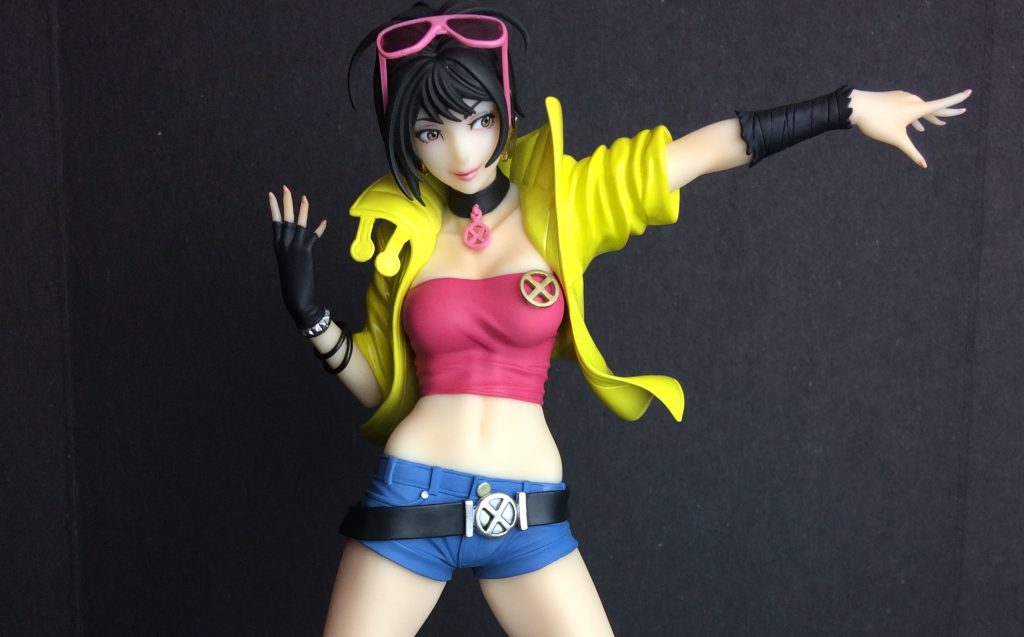How Anime is Made – Creating an Anime Studio
Anime from the humble origins of Asia and more specifically Japan has grown and spread all over the world like wildfire. It is no longer just a Japanese thing but it is now global which means that anime can be created anywhere by anyone. This article will look to expound on how to make such productions with a focus on the anime studios with more on this subject explained in more detail on mtglion.com
Right out of the gate the very formative stage of creating an anime studio is deciding which niche in the extensive anime world you would like to delve into. You could decide to go into Anime for computer games, Anime for shorts and series, Anime for commercials and so much more. The amount of capital will be the one which will dictate which niche you are likely to focus on as each one exerts a different strain on supplies, equipment and resources like staff.
Once you are clear on which Anime laden path you want to follow, then the next step is to buy the requisite equipment. This will definitely include a state of the art computer system with extra improvements made in its storage that is hard drive space, some equipment for lighting, some animation paper for well the animation, digital cameras of course, drawing and painting equipment like pencils, equipment to provide sound and importantly video editing equipment.
Another very important thing required on your road to creating your own Anime studio is investing in licenses for your animation software so that you don’t run into legal trouble. Some of the most common animation software include Xara 3D and Boom. If you also need help, then you will need to not only hire staff but you may also need to train them. This may be training them in your business’s code of ethics and also in how to use the animation software in use by your studio. When all this is in place then you should look into putting up a demo so as to attract new clients. The demo should be neat, entertaining, cohesive, short and sweet.
You will then have to jump into the legal matters pertaining your studio by getting all the business licenses required as well as a copyright for all the intellectual property you have. Since you are dealing with expensive equipment mostly, it is important to take out insurance on them as well as for your staff if necessary as it is better to be safe than sorry. Trademarking your logos, mascots, names etcetera is important too to ensure no one tries to steal any of your ideas and if someone does to ensure you are protected by law and can sue.
Once all the above is in play then you can go ahead and come up with a storyline or storyboard for your anime. This should be done and dusted preferably before any production of episodes, skits or any piece begins so as to allow everyone involved to be on the same page and the entire thing to be cohesive. You should then proceed to the part where you need to come up with the animations. You can do this by yourself or by use of staff specifically hired for this purpose depending on the size of studio. Once the animations meet the threshold set then you can proceed to the digitization stage.
Here the approved animation cuts are colored, cleaned and digitized and are then referred to as cels or digicels if you like. The colored cels are placed against the background art and under the supervision of the 3DCG supervisor, any 3DCGs are added. Again you can do this by yourself if you are qualified or delegate to staff with the requisite skills for big operations. After this filming is done where any special effects are added as necessary as well as any video editing as needed as well. This completes the process of in-production.
From here the wheels of your anime studio continues to grind as the post-production process kicks off in earnest. This is where acting voices, sound effects and music are added in a process referred to as “dubbing”. The splicing, combining and editing of all cuts follows from where the final product is reviewed so as to ensure they reach the requisite quality levels and are at par with the vision set out at the start. You finally end up with a completed anime.
You can then proceed to launch your anime studio by advertising for your services to the specific market you may be targeting. This involves things like setting up of a website, taking out ads on both print and digital media or even setting up meetings with people who may be interested in your services such as video game companies. If the need arises you may even look to hire an agent to help in promoting your studio out there. This is basically the short and tall of creating an anime studio, using the old strategy of “build and they will come”. As usual there is more to learn on this and much more and you can do this by visiting mtglion.com

